On the Benefits of a Data Plan
A data plan is an integral part of a research grant or proposal. Data plans typically identify key aspects of a study’s methodology, and answer questions such as: what data needs to be collected, how/when will data for the study be collected, and how will the data for the study be analyzed. The significance of a data plan is that it demonstrates to funding agencies how your (data) collection and analysis methods will enable you to answer your research question. Creating a data plan can also help you determine what types of data collection and analysis techniques are required to carry out your project. Importantly, developing a data plan will ensure that the data collection and analysis strategies you have chosen are feasible. This post outlines a 5-STEP process for developing a data plan.
STEP 1: Identify the Research Question
What question does the project seek to answer? Be specific! Your question should indicate what population is under study; what variables will be measured; and should hint at what type of research design (e.g., descriptive, correlational, quasi-experimental, etc…) will be used. For example, a good research question would be:
“Is the National Science Foundation Research Experience for Undergraduates (NSF-REU) program more effective in improving college students’ interest in advanced degrees and careers in science, technology, engineering, and mathematics (STEM) related fields as compared to a control group receiving no research experience?”
Why is this a good research question?
The question clearly identifies the population under study: college students
The question also specifies what variables are to be measured: an intervention group variable (control vs. NSF-REU intervention); interest in advanced degrees in STEM-related fields; and interest in STEM-related careers
Finally, the question hints at what type of design will be used: NSF-REU program vs. Control Group (no research), which signifies that an experimental or quasi-experimental study design will be employed
STEP 2: Specify the Research Design
Ok, so you have identified the study’s research question. The next step is to specify what type of research design will be employed. Using the example from STEP 1, we know that the research question requires that we evaluate whether an intervention (i.e., NSF-REU program) is more effective than a control group. Given the parameters of the question, the best research design would be a causal-comparative/quasi-experimental design.
Why is this the best research design?
There are two groups being compared: an intervention group and a control group
It would be difficult (in this instance) to randomly assign students to one or more of the conditions (i.e., intervention vs. control). (Some would even argue that it would be unethical to conduct a true experiment because doing so would deprive some students in the control group from participating in a potentially beneficial intervention.)
TIP: Check out the following sources if you are not sure which design to use to answer your research question:
STEP 3: Determine What Data Needs to be Collected
After choosing a research design, identify and define what data needs to be collected in order to answer your research question.
The key things to consider in this section are:
Variable Name(s);
Operationally defining each variable (i.e., defining how each variable will be measured in the study);
Identifying/developing instruments that can be used to measure each variable;
Describing how each variable will be measured (i.e., data type);
Specifying how the data for each variable will be collected (e.g., surveys, interviews, etc…); and
Determining the frequency of data collection for each variable.
Below is a sample table outlining what data might be collected based off of the research question developed in STEP 1.
STEP 4: Devise a Sampling Strategy
Determining from whom data will be collected is an important part of any research project. Using the research question developed in STEP 1, it is clear that all college students are the target population to which we intend to generalize. However, it would be nearly impossible to find a complete and accurate list of this population. Moreover, even if such a list were available, it would not be feasible to include all members of this population in the study. (Consider how much time and money it would cost to do so!) Therefore, it is important that we devise a well thought out sampling strategy.
There are four things to consider when developing a sampling strategy:
To what target population do you intend to generalize?
Who can you gain access to from the target population?
How can you access this segment of the target population?
Who will participate in your study?
TIP: Check out the following sources for more information about sample procedures:
STEP 5: Describe How the Data will be Analyzed
Now you are ready to discuss how you plan to make sense of the data you collect! In this section, describe what techniques you will use to analyze the data. Include information about any statistical or thematic procedures you plan to use. For example, a data analytic strategy section for the research question developed in STEP 1 might read:
“Descriptive statistics (i.e., Min, Max, Mode) for ordinal data will be presented. For categorical data, frequency counts and percentages will be displayed. In addition, paired t-tests will be used to assess pre/posttest differences for each of the outcome variables. Finally, an independent samples t-test will be used to compare pre/post average change scores between the two groups (control vs. intervention) on each outcome variable.”
Whew, you did it! You have made it through ALL five steps! You are ready to complete your research proposal, and (as an added bonus) you now know exactly what you intend to accomplish and how you intend to do it.
**Special thanks to Daphne Neal for editing this post**







